Fiorano's unique Event Process orchestration model enables the debugging of live Event Processes in real time. The debugging model gives a view of the current state of executing service instances within Event Processes and also provides a mechanism to setup event interceptors to capture, view, modify and discard messages flowing between service instances on same or different machines across the network.
Adding Breakpoint
A breakpoint can be added from the context menu present on the route or from the Fiorano Debugger view.
In the sections below, the Simple Chat event process available in the Samples Event Process Repository is used for the illustration.
Context Menu option
Right-click the route on which breakpoint has to be added and select the Add Breakpoint option.
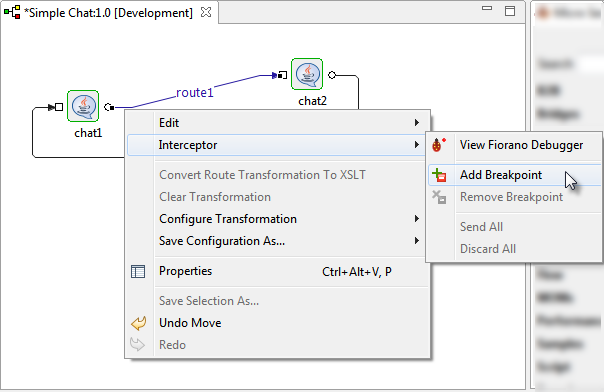
Figure 1: Adding breakpoint from the context menu
When the breakpoint is added, the route color changes to Red.
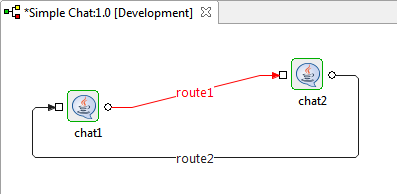
Figure 2: Color of the route changing to red after setting the breakpoint
Debugger View
To add a breakpoint to a route, perform the steps below:
- Go to the Fiorano Debugger pane (Window > Show View > Other) and click the Add BreakPoint
 button as shown in the figure below.
button as shown in the figure below.
Figure 3: Adding break point from the debugger view
- Select the route on which the breakpoint is to be added and click OK to add the breakpoint.
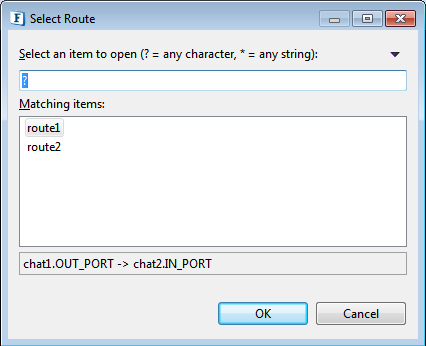
Figure 4: Select route to add the breakpoint
When a breakpoint is added on a route, at runtime, the messages passing through the route are intercepted by the breakpoint. The intercepted messages can be viewed, edited or forwarded to the next service instance.
Message body, message properties and the application context can be viewed in the debugger view. When an intercepted message is selected, its properties are shown in the Properties view. The Application context is shown in the Application Context tab.
Managing Breakpoint
Viewing Messages
After running the event process, all the messages sent to a route with a breakpoint set on it are visible in the breakpoint view upon clicking the route. When messages are intercepted on the route, the route blinks, and the message count gets appended to the route name.
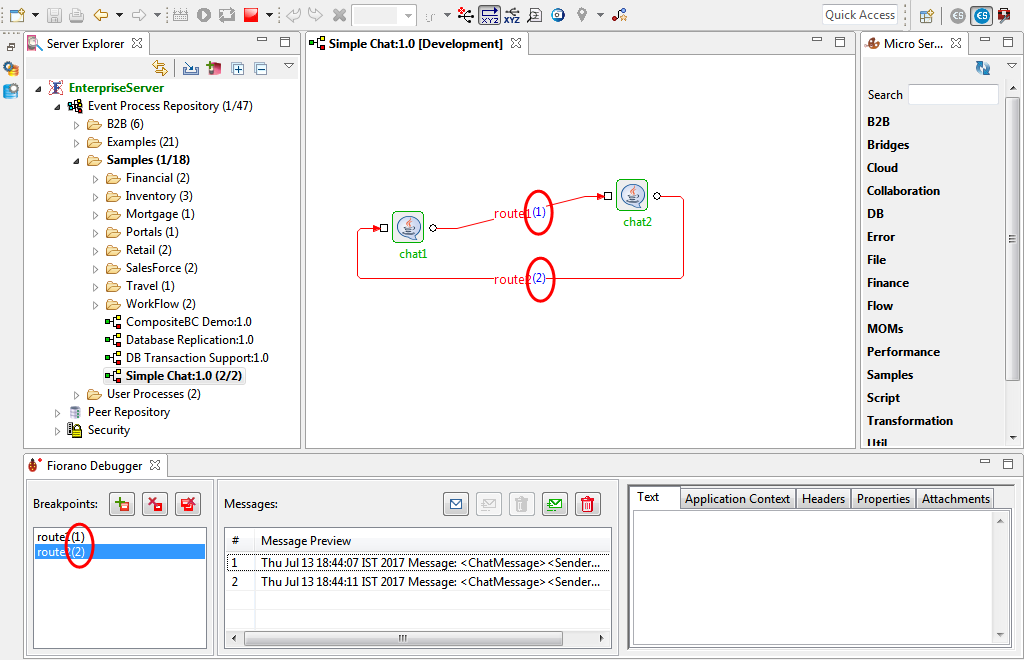
Figure 5: Message at breakpoint in the Fiorano Debugger
Editing Messages
To edit a message at debug time, edit the text within the Message tag in the Text tab section (third section in Figure 5).

Figure 6: Edit message in the Fiorano debugger
Inserting Messages
New messages can be inserted into the breakpoint at debug time without the message being sent by the source component. To insert messages into breakpoint, perform the steps below:
- Click the Create button in the Messages pane.
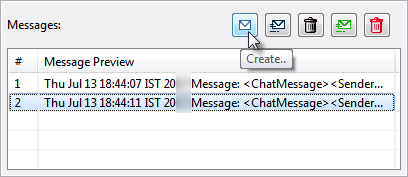
Figure 7: Create message in the Fiorano debugger
Choose the type of message to be created (either XML or Text message) and click OK.
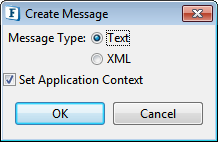
Figure 8: select the Message Type
Releasing Messages
The messages present on a breakpoint can be released anytime so that they reach their destination. To release messages from the breakpoint, perform the steps below:
- Select the message to be released and click the Send button. The message will be sent to the next service instance in the event process.
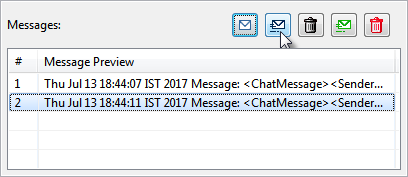
Figure 9: Send message in the Fiorano debugger
All messages on Breakpoint can be released once by clicking the Send All button.
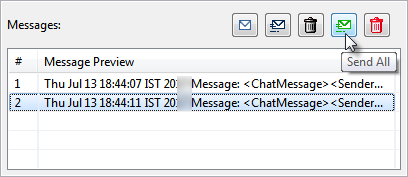
Figure 10: Send all messages in Fiorano debugger
Discard Messages
To discard messages from the breakpoint, perform the steps below:
- Select the message to be discarded and click the Discard button. The discarded message will be removed from Breakpoint.
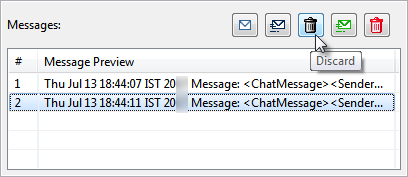
Figure 11: Discard message in the Fiorano debugger
All messages on Breakpoint can be discarded once by clicking on the Discard All button.
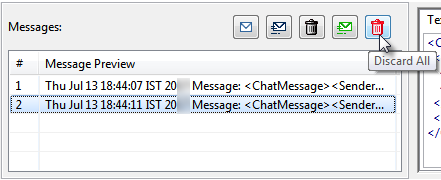
Figure 12: Discard All messages in Fiorano debugger
Adding Properties and Attachments
To add a particular property in the message using a breakpoint, click the Add ![]() button on the right side of the Properties tab in the Fiorano Debugger, and fill values in the Name and Value text boxes. To remove a particular property, select the particular property to be removed from the list of properties under the Properties tab, and click the Remove
button on the right side of the Properties tab in the Fiorano Debugger, and fill values in the Name and Value text boxes. To remove a particular property, select the particular property to be removed from the list of properties under the Properties tab, and click the Remove ![]() button.
button.
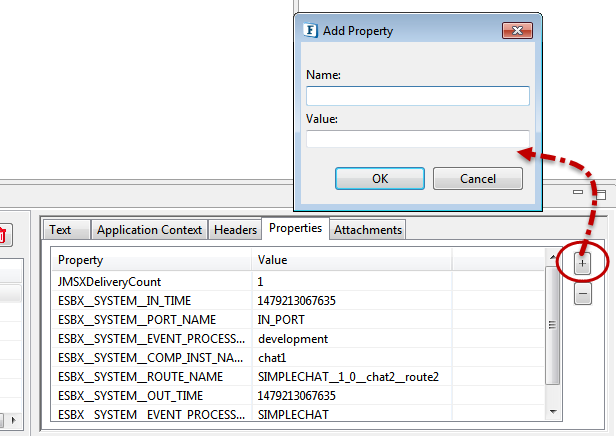
Figure 13: Add/Remove Properties button in the Propertiess tab in the Fiorano Debugger
To add an attachment in the message using a breakpoint, click the Add ![]() button on the right side of the Attachments tab in the Fiorano Debugger, and select the attachment to be added. To remove a particular attachment, select the file to be removed from the Attachments tab, and click the Remove
button on the right side of the Attachments tab in the Fiorano Debugger, and select the attachment to be added. To remove a particular attachment, select the file to be removed from the Attachments tab, and click the Remove ![]() button.
button.
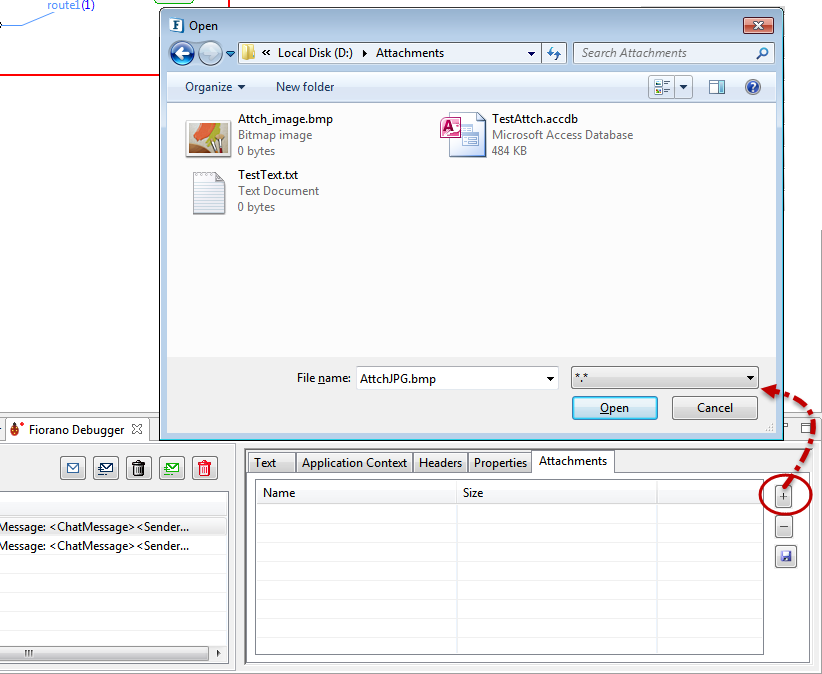
Figure 14: Add/Remove/Save Attachments button in the Attachments tab in the Fiorano Debugger
Removing Breakpoint
To remove the breakpoint set on a route, select the route on which the breakpoint is to be removed and click the Remove Breakpoint button; the breakpoint will be removed on that route.
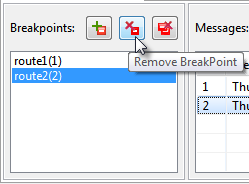
Figure 15: Remove Breakpoint in the Fiorano debugger
Breakpoints on all the routes can be removed by clicking on the Remove All Breakpoints button.
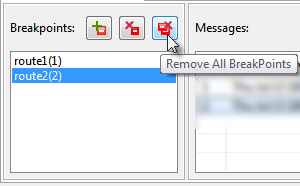
Figure 16: Remove All BreakPoints in the Fiorano debugger
All messages can be sent/discarded once from the route context menu by right-clicking on the route and selecting the Send All / Discard All option. To remove a breakpoint, select the Remove Breakpoint option in the context menu.
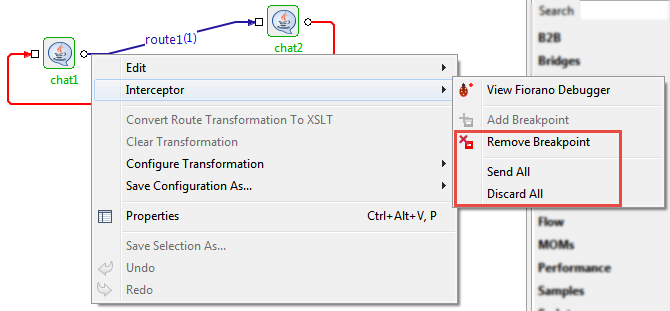
Figure 17: Options to Remove BreakPoint and send/discard all messages using Context Menu
 button after adding an attachment to save the changes.
button after adding an attachment to save the changes.